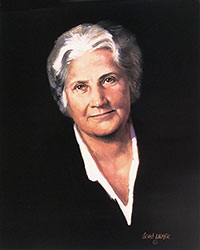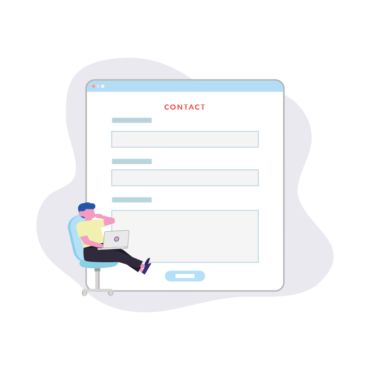Dr. Maria Montessori
(Aug. 31, 1870 - May 6, 1952)


Who is Maria Montessori?
Dr. Maria Montessori was an Italian physician, educator, and innovator, acclaimed for her educational method that builds on the way children naturally learn.
Utilizing scientific observation and experience gained from her earlier work with young children, Maria designed learning materials and a classroom environment that fostered the children’s natural desire to learn.
She opened the first Montessori school— the Casa dei Bambini, or Children’s House—in Romeon January 6, 1907. News of the school’s success soon spread through Italy and by 1910 Montessori schools were acclaimed worldwide.
Subsequently, she traveled the world and wrote extensively about her approach to education, attracting many devotees. There are now more than 22,000 Montessori schools in at least 110 countries worldwide. In the years following, and for the rest of her life, Maria dedicated herself to advancing her child-centered approach to education. She lectured widely, wrote articles and books, and developed a program to prepare teachers in the Montessori Method. Through her efforts and the work of her followers, Montessori education was adopted worldwide. As a public figure, Maria also campaigned vigorously on behalf of women’s rights. She wrote and spoke frequently on the need for greater opportunities for women, and was recognized in Italy and beyond as a leading feminist voice.
There are over 4000 Private Schools that offer Montessori Education. That in addition to over 450 public schools in the United States that offer Montessori education. Admission to Public Schools that offer Montessori Education is highly competitive, and normally involve long waiting list or lottery admission.
In the October 2017, a preschool study, published in Frontiers in Psychology, six researchers looked at two Montessori schools in Hartford, Connecticut. Both were established by the state as public “magnet” schools, designed to be very high-quality Montessori programs that would attract wealthy families from the suburbs to low-income neighborhoods in Hartford. Some of the students who attended the public Montessori schools had family incomes as high as $200,000 a year. The students who “lost” the lottery all ended up at some other sort of preschool. Half of them attended a private school; others went to a federally funded Head Start program.
The researchers tested approximately 140 students at the start of the preschool and found that both the Montessori and non-Montessori kids began at age three with similar achievement scores. The 70 students who went to the Montessori schools advanced more rapidly on math and literacy tests over the next three years. At the end of kindergarten, when this study ended, the Montessori kids had significantly higher achievement.
Although the children in this study all really liked recreational activities like watching television and movies and playing, children in Montessori showed relatively more liking of academic tasks like reading and getting lessons from a teacher. One possible reason for this is that children have choices about how they spent their time in Montessori; such choice is increasingly rare in preschool programs generally (Bassok et al., 2016). People are generally happier when they have choices, which provide a sense of self-determination (Deci and Ryan, 2011). Other possible reasons for more school liking dovetail with those given for achievement and mastery orientation.
CONTACT US
Get In Touch
If you have any questions, feel free to send a message.
- Sherman Oaks/Encino, California
- 8:30 am - 5:00 pm
- (310) 465-3767
- info@mahamontessori.com

